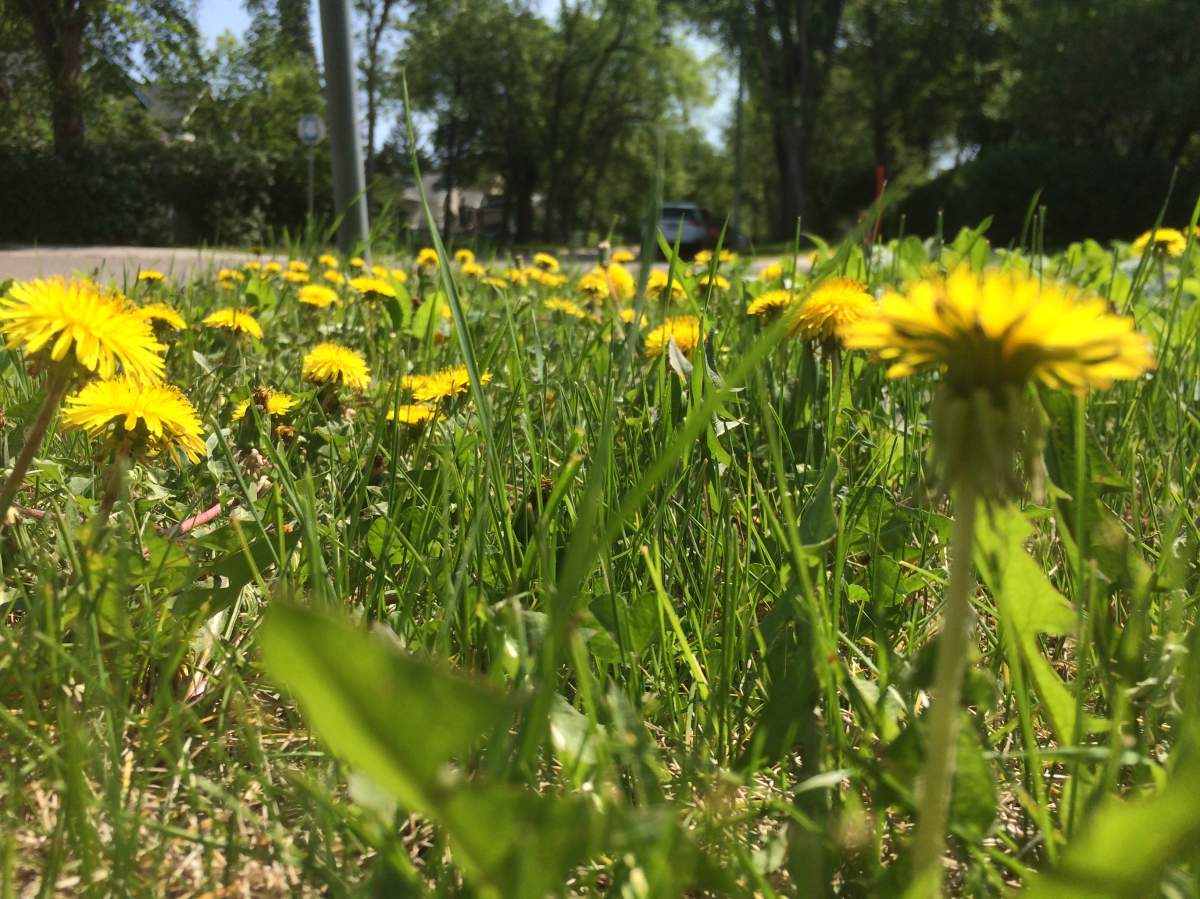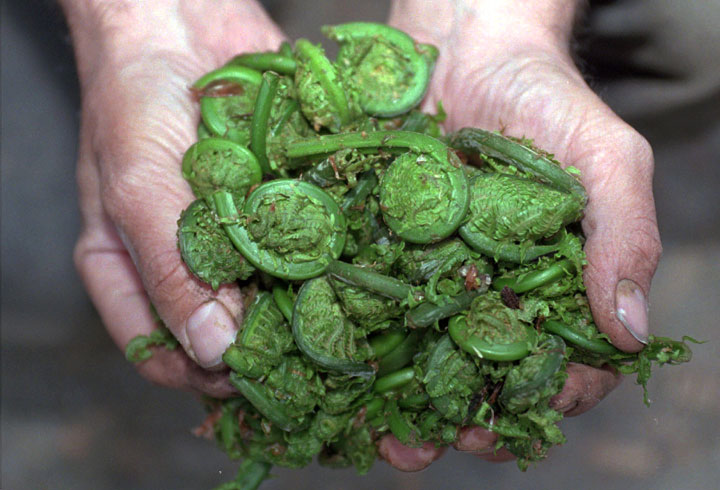An up-and-coming trend is giving new meaning to the term street food, at a time when produce prices are sky high.

Babyboomer Sherri Canjar has foraged for wild edible goodies since she was a little girl. Times were tight back then for her Ontario family — even buying a microwave was a big deal. So picking berries, mushrooms and greens to supplement the larder became the norm.
“You know, to make the dollar go a bit further,” said Canjar, who now teaches others how to forage through her blog, The Foraging Gourmet.
“Part of the reason why there’s a real interest returning to foraging now is because grocery bills are driving people crazy.”
“And they’re looking for alternatives. So in my mind, we’ve kind of come full circle.”
Another benefit of foraged food is that it tastes fresher, said chef Michael Hunter of Toronto’s Antler Kitchen & Bar which opened last fall.
Roughly a third of the menu contains ingredients that have been foraged. The latest find? Cedar. It’s used to add a hint of woodiness to a cocktail and sorbet.
READ MORE: Health Canada issues warning over eating raw, undercooked fiddleheads
This benefit of the activity is it can be done year-round, as Ontario resident Natalie Boustead points out with her new 12-month $6 foraging guide called “A Wild Year.”
Evergreens like spruce, cedar and pine can all be harvested right now and their branches can be transformed into a tea that’s high in vitamin C.
“[It] tastes kind of like drinking the forest,” Boustead said.
Prime foraging finds
Wild asparagus can be another great find for foragers later in the year. It’s exactly the same thing you’ll find in stores, according to Canjar, except, of course, it’s free.
An easy place to start your hunt for food, though, is in your own backyard. For example, you might be surprised by all the ways pesky dandelions can come in handy in the kitchen.
The leaves can be used to make a salad, Canjar explained. Just make sure to pick them before the flowers come in, because otherwise they might taste too bitter. The flowers themselves can be turned into something sweet.
“I boil them and I take sugar and basically make a syrup out of it,” she said.

Get weekly money news
“I’ve made candies out of them, and I called it ‘dandy candy.'”
You can use the treats to sweeten your tea and the syrup for your pancakes.
Or if you want to wait until the flower is a little older, you can harvest it to make dandelion wine.
“Dandelion wine is pretty famous.”
The roots, meanwhile, can be smashed up and steeped to create a coffee alternative.
Watch what you eat
Anyone wishing to try foraging should first educate themselves about plants, what’s edible, what’s not and how to prepare them to make them safe to eat. You can often do that by joining a foraging group in your area, taking a class or just buying a book on the subject.
The consequences of not being informed can be severe.
Take fiddleheads (the furled fronds of a young fern); they’re a green vegetable harvested in the spring that can sometimes even be found in shady spots in your backyard.
Fiddleheads have a potentially harmful look-alike, though: the Bracken Fern, which has been said to cause stomach cancer in the long-term.
Many types of wild mushrooms can also be poisonous, same with many other plants. The leaves of marsh marigolds, for example, cannot be eaten until they have been boiled in several changes of water to remove the toxins. Unripe elderberries, and all parts of the plant except the flowers, contain toxins that metabolize into cyanide.
READ MORE: Foraging for, eating wild mushrooms could lead to liver failure, death, Canadian docs warn
You have to be mindful of where you forage. Even though you may see something that’s edible near rail tracks, it could be toxic because of oil and gas run-off. Steer clear of cattle farms too, as waste could be washing over your foraged finds.
Do your research if you’re going to forage in parks because some have been built on landfill sites. Many conservation areas do not allow foraging and others require permits. If you want to forage on private land, make sure to ask the owner first.
Oh, and don’t over-forage. You’re only supposed to take five per cent of whatever you find.
READ MORE: Bee deaths could be caused by inefficient young foragers
Certain foods, like wild leeks (ramps) can take as much as five years to grow back.
While the risks and rules may seem a little daunting, it’s all pretty much common sense. It could save you some cents, too.
“In the summer time if you’re keeping your eyes out, you can get away with not buying as much fruit,” said Boustead.
“At this time where budgets are tighter because of the economy it’s a neat thing to say, ‘How can I bulk up my salad from my own backyard?'”
You can find more tips from Boustead on what to forage for and when in the infographic below.
With files from The Canadian Press













Comments